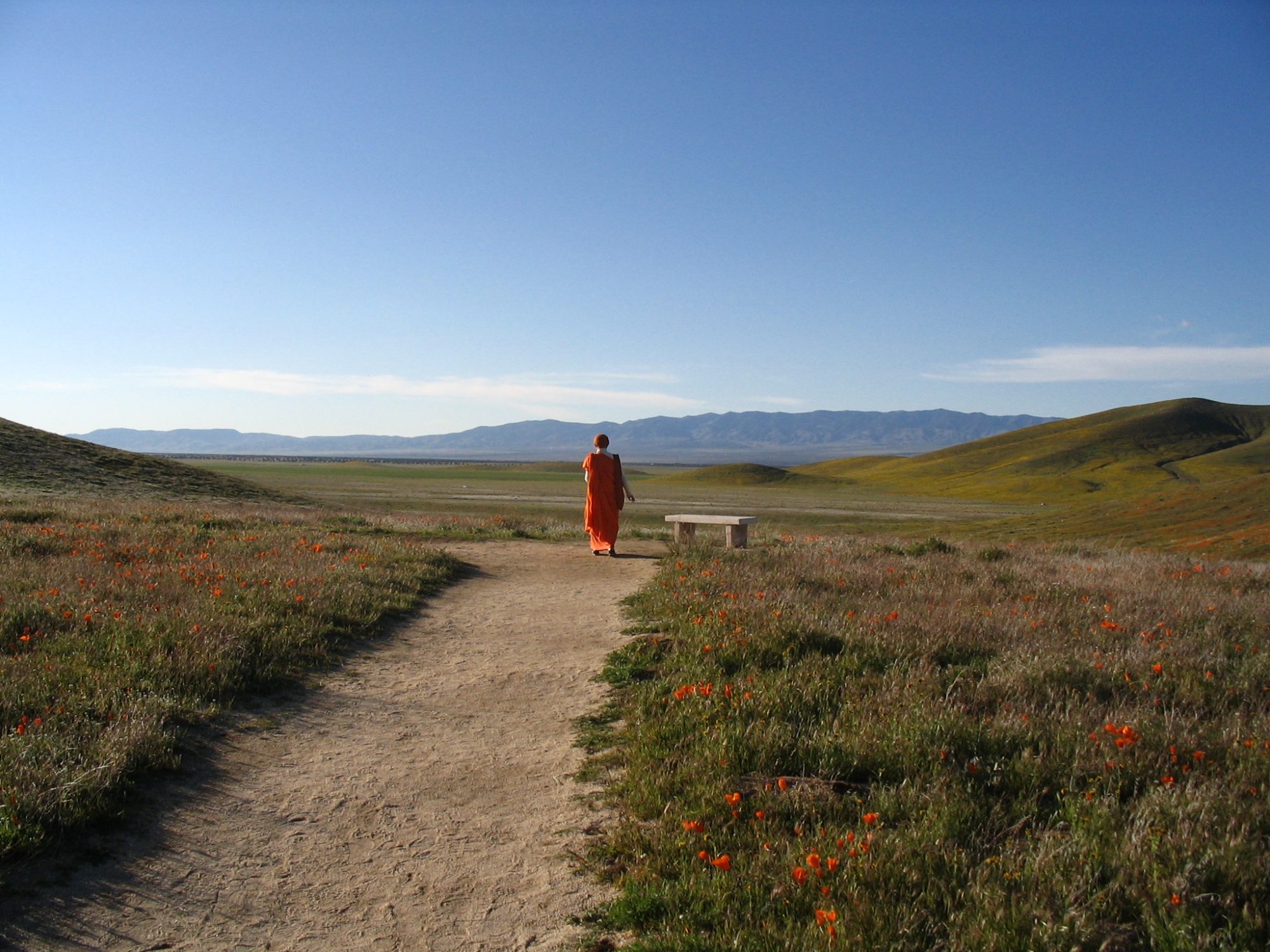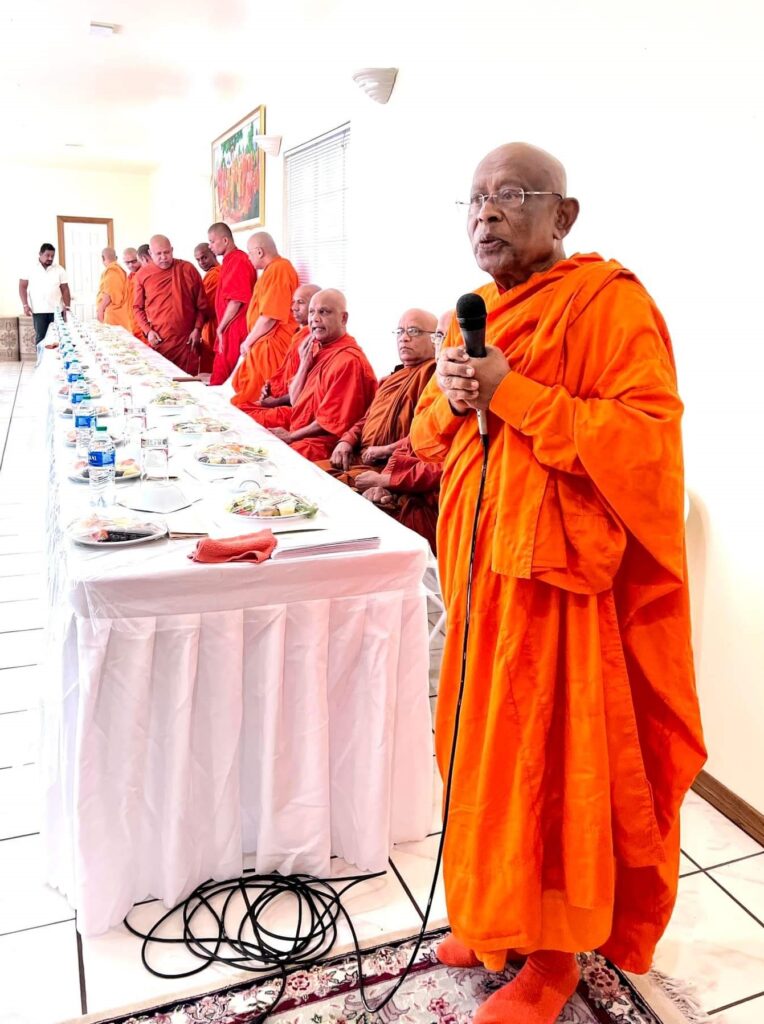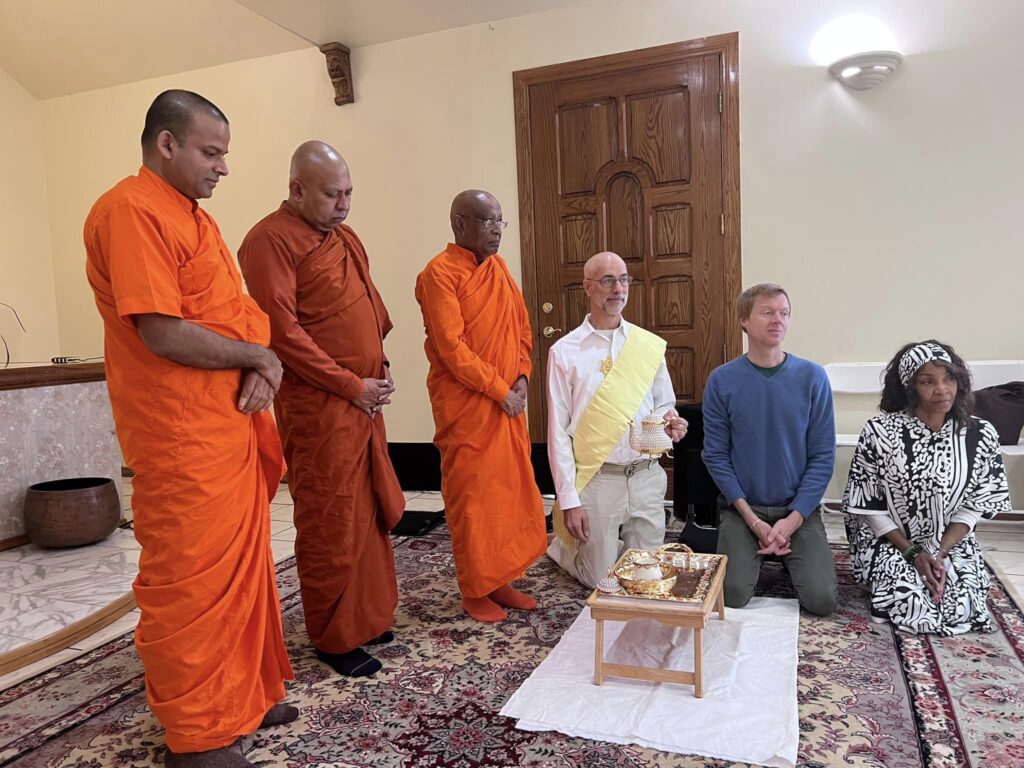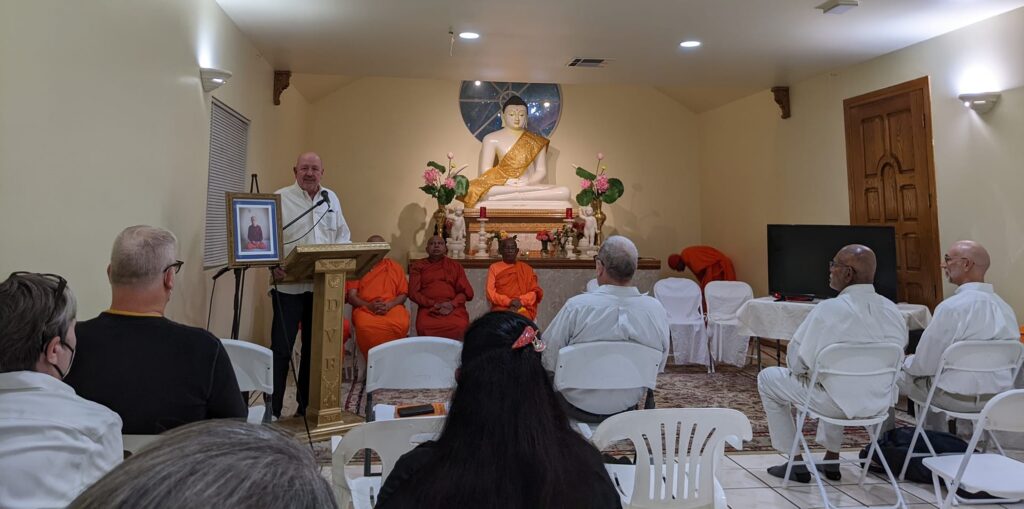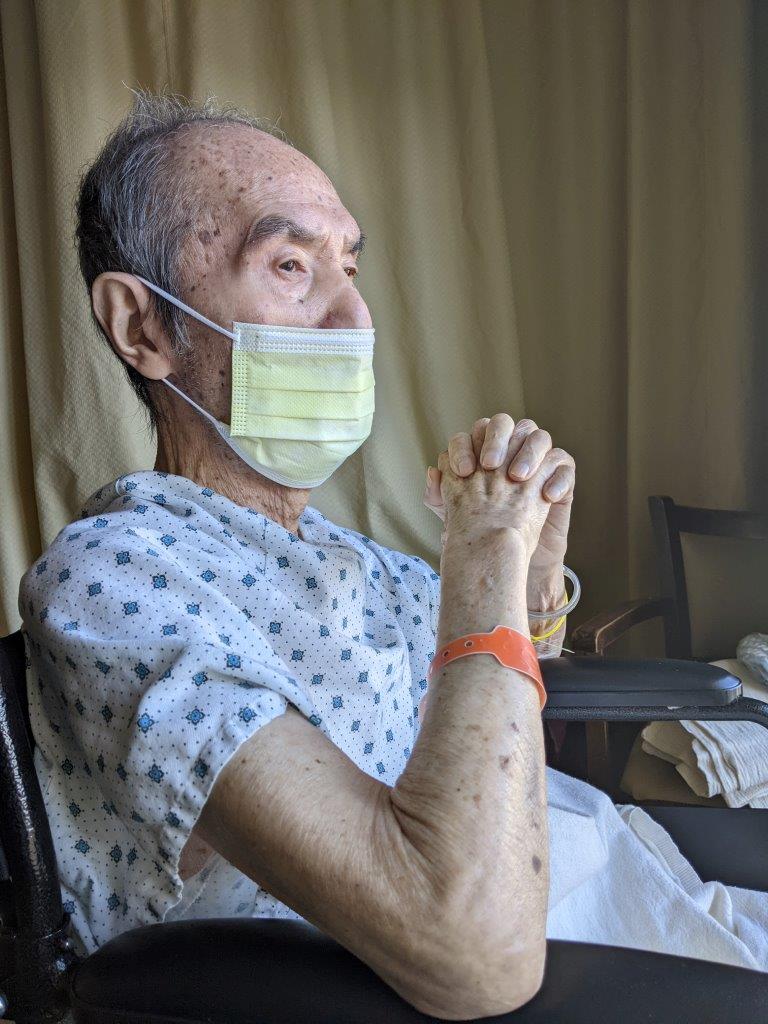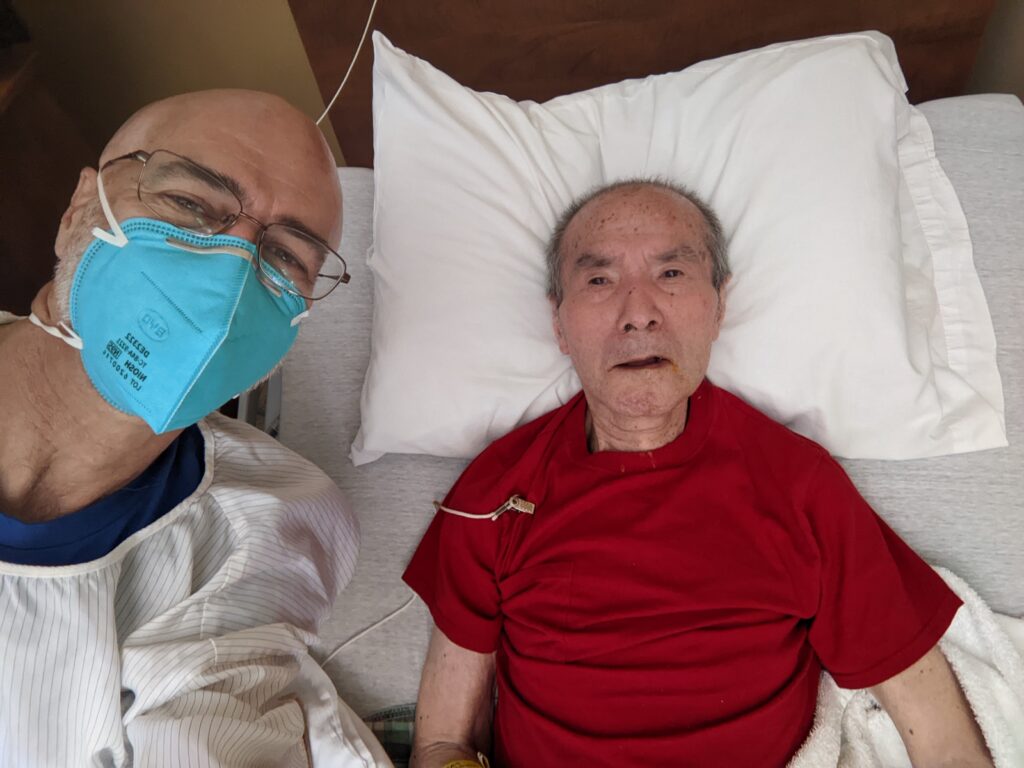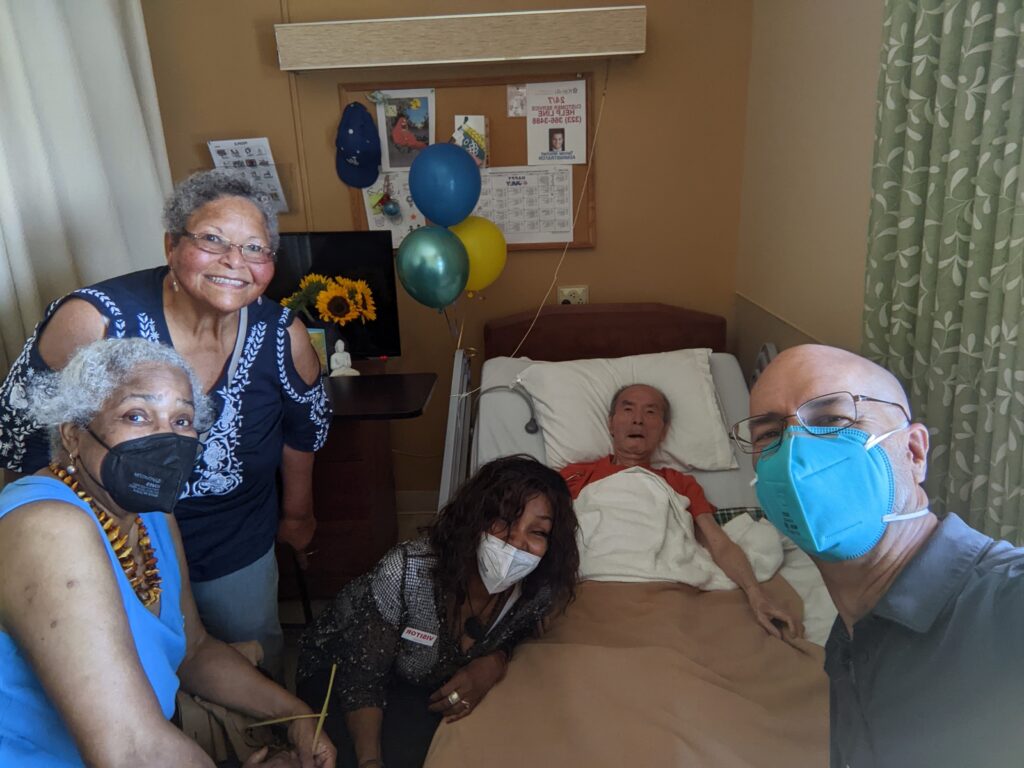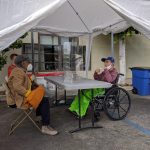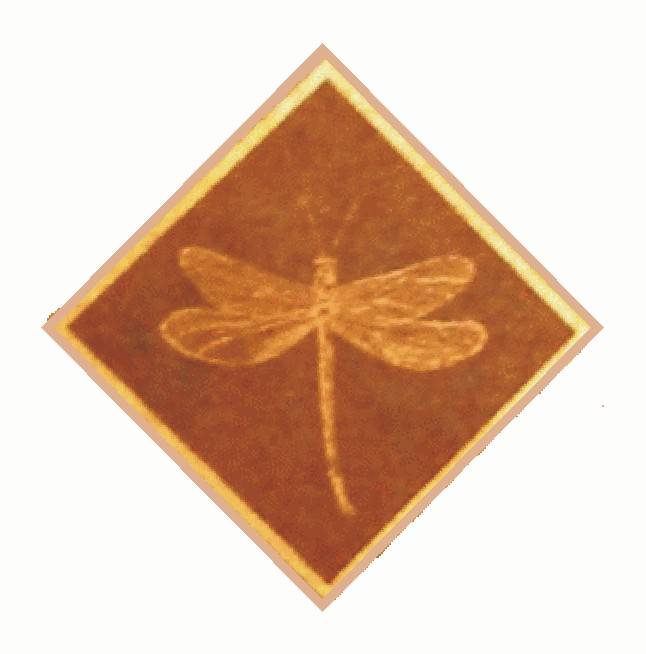Today is the 49th day after Sensei left his body. It is significant in Japan (shijukunichi traditional interment) and among Tibetan Buddhists (49 days in the Sidpa Bardo between lives). However, it’s roots go back to Buddha’s enlightenment. Thanissaro Bhikkhu noted: “The texts say that the Buddha spent a total of 49 days after his Awakening, sensitive to the bliss of release, reviewing the implications of the insights that had brought about his Awakening. At the end of this period, he thought of teaching other living beings.” You can read about Buddha’s first 7 weeks after enlightenment in Bhante Piyananda’s “Thus We Heard” chapter 9. Here he describes how Buddha spent 49 days sustained by the milk-rice offerings of Sujata and Punna at the foot of the trees after he reached enlightenment through breathing meditation. He looked in gratitude at the Bodhi tree for a week, was sheltered from a storm by a giant cobra, and was silent for the first four weeks. At the end of 49 days, he started his 45 years of teaching up to the age of 80. We are so lucky that during those 49 days, he decided to teach.
We are so lucky that Sensei decided to leave the wilderness hut of Hokkaido in ~1970 and teach as well. Recently we’ve contacted his friends and students far and wide (France, Germany, the UK, Japan, Sri Lanka). Certainly he helped many realize their true nature. But we should realize that Buddhas and Buddhas-to-be are not unique. Sensei wrote in Wakeful (p13) “Originally and ultimately, we are never isolated beings at all. We are creatures of the environment. Therefore, the environment itself hides the secret and Nature retains the key to the solution. While we are wandering in the forest of life, certainly we encounter good luck, like a stray person coming across unlooked-for sign posts, or a person who knows the way such as: a hunter, a woodcutter, or a hermit. Moreover, we could be endowed with the opportunity of encountering truly good friends, wise teachers, and awakened masters who have faced, struggled, and solved these problems and know the method and practice for solving them, because serious and sincere truth seekers definitely, deserve them.”

Eclipses come and go according to the Moon’s orbit and are predicted by cycles called Saros. Wise teachers also arrive and disappear, as do their teachings. The volumes of teachings of the Buddha’s 45 years were preserved by the Theravada school in the “3 baskets” Tripitaka. As a service and effort to share Sensei’s wisdom further, I’ll be self-publishing his writings in three forms:
- The 3rd edition of Wakeful with minor changes he requested
- The 2nd edition of One-inch Buddha, which he wrote around 1980, with edits in the 1990’s
- 1st public printing of his epic, When It Stops Sinking, which is his autobiographical story from 1932-1970
with metta,
Bodhi
